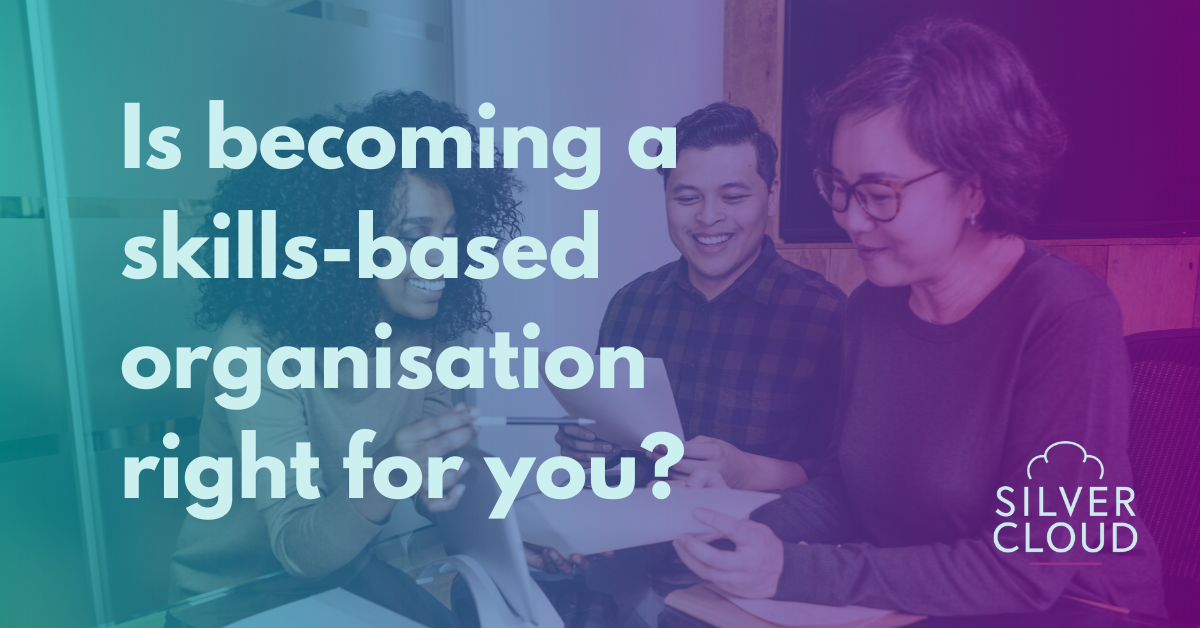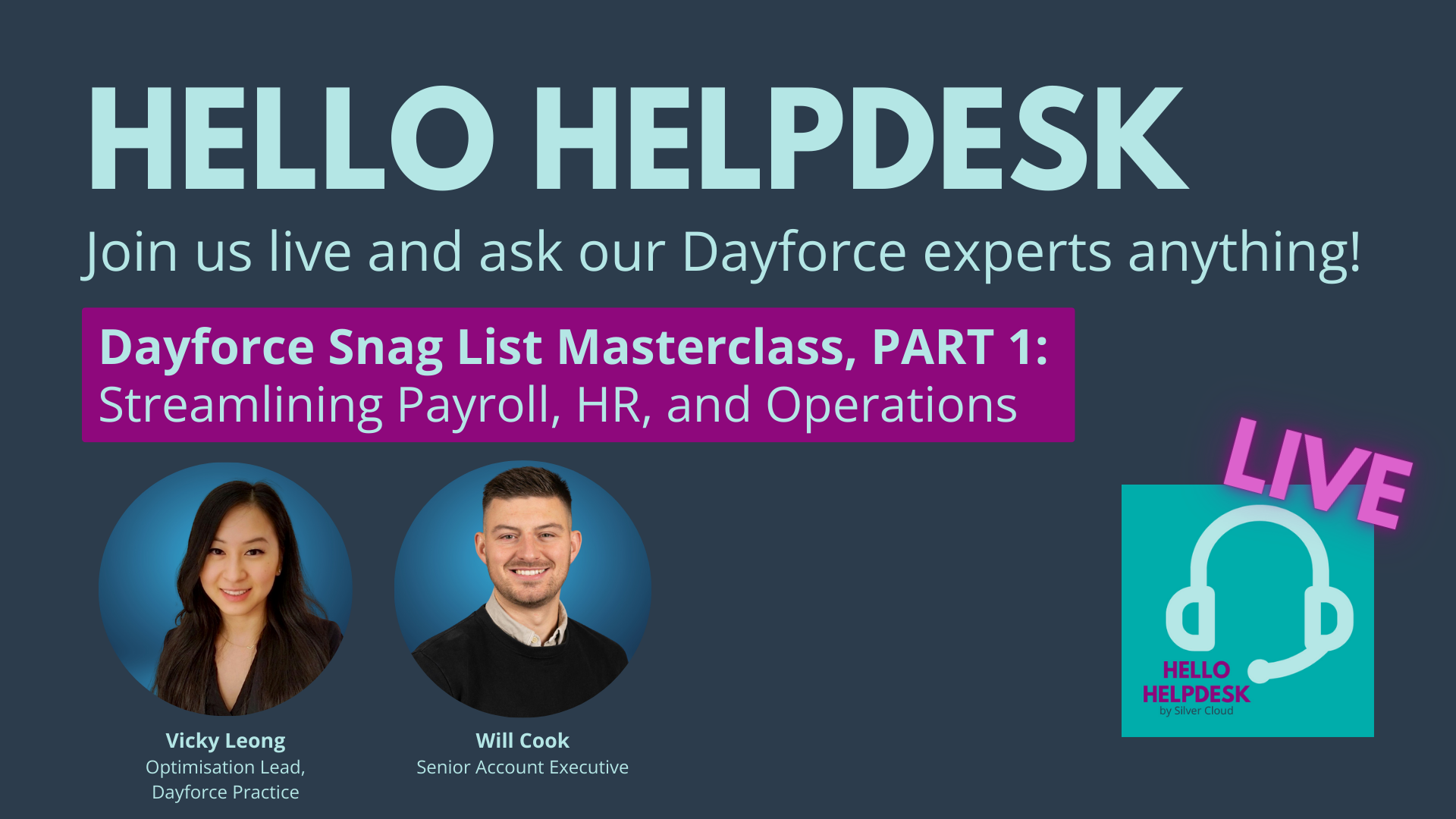How do I budget for a new HR system?
by SJ Hood

Ok, it’s officially time for new HR tech. You are building your business case, your arguments for it are strong and you’re just about ready to go to your leadership team with the proposal. But to do that, you need to know at least a rough budget for your new HR system. Sure, you get that. After all, you’ll be talking to the people with the purse strings. But how do you start budgeting before you’ve even gotten the go ahead to explore the market?
While it will be hard to get an exact figure before you start reaching out to platforms directly, there are some key considerations that can help you produce a carefully considered HR system budget. Not to mention how to bring in return on investment (ROI) to ease the pain of the cost a little.
Key HR system budget factors
When you’re beginning your search for the perfect HRIS (or Human Resources Information System for anyone feeling formal), it can be a little frustrating looking at pricing pages that all seem to allude to an unknowable figure that you have to reach out directly to learn. We wish we could give you a simple number answer to ‘How much will a new HR system cost me?’ But, as you probably guessed from those pricing pages, it’s not quite that simple.
Read more: How to win over your CFO with an HR tech business case
That being said, we can help you navigate those costs a little more easily and make sure there aren’t sneaky considerations that add to the bottom line. When planning your budget for a new HR system, we recommend taking these things into consideration:
- Number of admin seats needed – Be sure to include everyone you want to give any kind of admin access to as different systems might classify each user type differently. This may, if you wish, include roles beyond HR like your IT Manager.
- Number of employee seats needed – This is pretty straightforward, but do keep in mind that this number is rarely static. How are these seats charged?
- Selected features and functionality – Consider which platforms have capabilities for all of your HR needs and which ones you would need to build out either through modules or additional software. There may also be feature tiers in place to keep in mind.
- Integrations with other business systems – Undoubtedly, you will have additional systems or tools that you want to integrate with the new platform. In some cases, these will be standard integrations that already exist. However, there may be times when you require additional integrations that the platform will have to build for you. These usually cost extra.
- Complexity of implementation and setup – This part is pretty straightforward. If you are a large or complex organisation (perhaps you operate in different countries or you have different access requirements depending on type of employee or, really, anything that doesn’t fit the standard packages), you’re likely to have a more complex implementation and setup. And that means more money.
- Desired level of customer support – This is an easy one to miss. You may expect that post-implementation customer support will be a part of the deal, but not all support is made equal. If you’re looking for anything more involved than fixing a crash, you may be paying extra for support.
With all of these things in mind, be sure to also consider your company’s growth plans. Are you rapidly expanding? How will the new system cope with that? Will you need to find a new platform again at the end of this contract? Will any additional seats or requirements significantly change the pricing? This is especially important if your current headcount sits at the cusp of a pricing change.
Learn more: The ultimate guide to creating an unbeatable business case
Additional HRIS budgeting considerations
While the above are the factors that you absolutely do have to take into consideration, there are a few more points during which you may find yourself needing to increase your budget. These include:
External HR system selection assistance
Sometimes going through the work of a selection project can be overwhelming for a team that is already fully occupied by business-as-usual tasks and supporting the people and culture of a business. In those cases, it can be helpful to bring in external support, like a consultancy.
For example, at Silver Cloud, we help businesses through the selection process. From initial research and shortlisting vendors through to managing the demo process and making recommendations. Of course, we leave the power to make the final decision in your hands.
Many businesses find it helpful to have all of the hassle that can come with a selection project taken off their plates. That way their HR teams can keep doing the important work of managing people and payroll while progress is still being made. This can be especially helpful for businesses that haven’t changed systems in a long time and might be less familiar with the current market.
HRIS implementation partners
Once you’ve gone through the effort it takes to put together a business case, get it approved, shortlist vendors, watch all their demos and finally select one to use, you may find that your in-house resource is wearing thin. These can be long projects that take a lot of effort and time. Unfortunately, that means people can tire of them before they get to implementation.
You might find that bringing in an implementation partner to do the work is a helpful and effective cost to consider. Consultancies (like us) may be able to help shoulder some (or all) of the burden of implementing your new system, rolling it out to your team and helping increase adoption through things like bespoke training materials.
See how we helped major retail portfolio URBN implement their new HR platform
Ongoing HRIS management and support
Finally, it comes back what level of support you’ll want going forward. Typically, the support that comes from vendors is, by necessity, somewhat limited. And it’s frequently geared more toward fixing emergencies than making sure you’re getting the most out of a system.
If you’re looking for more in-depth support, you may find more success seeking that from third parties. And, if that’s the case, you’ll want to be sure to include space for this in your budget.
Interested in ongoing professional services and support for HiBob or Dayforce? Let’s talk.
If you are creating a budget for a new HR system, these are the things to think about. As long as you consider both the usual factors that drive costs and the additional considerations, you will have a budget that meets your needs and covers all aspects for approval.



